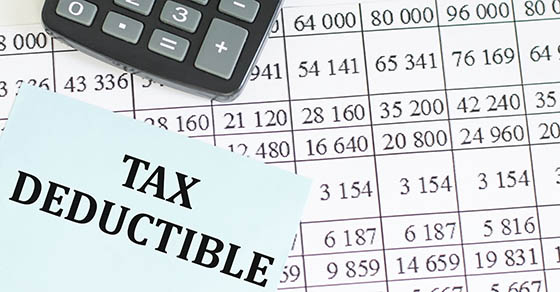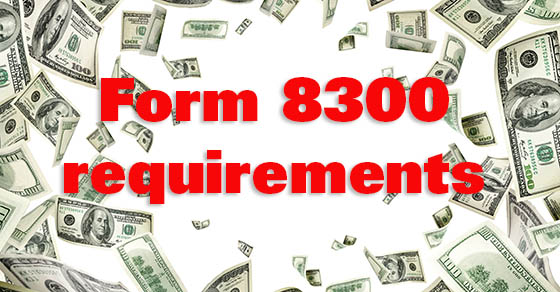The Social Security Administration recently announced that the wage base for computing Social Security tax will increase to $168,600 for 2024 (up from $160,200 for 2023). Wages and self-employment income above this threshold aren’t subject to Social Security tax.
Basic details
The Federal Insurance Contributions Act (FICA) imposes two taxes on employers, employees and self-employed workers — one for Old Age, Survivors and Disability Insurance, which is commonly known as the Social Security tax, and the other for Hospital Insurance, which is commonly known as the Medicare tax.
There’s a maximum amount of compensation subject to the Social Security tax, but no maximum for Medicare tax. For 2024, the FICA tax rate for employers will be 7.65% — 6.2% for Social Security and 1.45% for Medicare (the same as in 2023).
2024 updates
For 2024, an employee will pay:
- 6.2% Social Security tax on the first $168,600 of wages (6.2% x $168,600 makes the maximum tax $10,453.20), plus
- 1.45% Medicare tax on the first $200,000 of wages ($250,000 for joint returns, $125,000 for married taxpayers filing separate returns), plus
- 2.35% Medicare tax (regular 1.45% Medicare tax plus 0.9% additional Medicare tax) on all wages in excess of $200,000 ($250,000 for joint returns, $125,000 for married taxpayers filing separate returns).
For 2024, the self-employment tax imposed on self-employed people will be:
- 12.4% Social Security tax on the first $168,600 of self-employment income, for a maximum tax of $20,906.40 (12.4% x $168,600), plus
- 2.90% Medicare tax on the first $200,000 of self-employment income ($250,000 of combined self-employment income on a joint return, $125,000 on a return of a married individual filing separately), plus
- 3.8% (2.90% regular Medicare tax plus 0.9% additional Medicare tax) on all self-employment income in excess of $200,000 ($250,000 of combined self-employment income on a joint return, $125,000 for married taxpayers filing separate returns).
Employees with more than one employer
You may have questions if an employee who works for your business has a second job. That employee would have taxes withheld from two different employers. Can the employee ask you to stop withholding Social Security tax once he or she reaches the wage base threshold? The answer is no. Each employer must withhold Social Security taxes from the individual’s wages, even if the combined withholding exceeds the maximum amount that can be imposed for the year. Fortunately, the employee will get a credit on his or her tax return for any excess withheld.
We’re here to help
Do you have questions about payroll tax filing or payments? Contact us. We’ll help ensure you stay in compliance.











